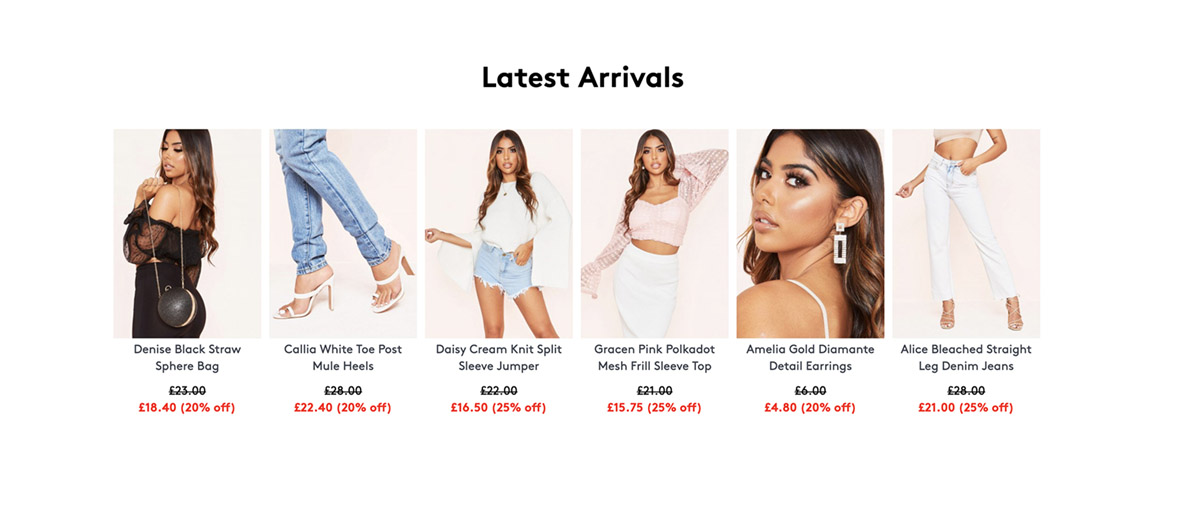Use product recommendations correctly

To have a personalisation platform, such as Recommend, to support and embrace your eCommerce activities is a good start. But, understanding the data, and how to use it, is essential to get the most out of product recommendations.
First of all, there are various types of recommendations. They will be more potent if they follow the user’s journey. How to do that? By using artificial intelligence to collect data related to customer behaviour.
To have a personalisation platform, such as Recommend, to suBy using panels and panel placement in Recommend, you can create product recommendations as granular as you want. When you analyse the data properly, you can create user segments and events that catalyse certain types of product recommendations.
Avoid generalised content or automated recommendations when it comes to the web or in follow-up campaigns after purchasing a product. Your customer doesn’t want to buy another jacket. Instead, offer her something complementary to her original purchase.
One of four buyers wants to see product recommendations
Sometimes, the reasons why a user visits a website are not entirely clear. The so-called “window-shopping” is a reason why a potential customer leaves a web page before making a purchase. That is why getting ahead of a visitor’s wishes is a competitive advantage.
Also, 28% of users are more likely to be loyal to a brand if marketing campaigns are personalised and directed to them. For example, campaigns for celebrations, anniversaries and birthdays are very popular among users.
According to a study published by McKinsey:
“Customers see value as a function of how relevant and timely a message is in relation to how much it costs, meaning how much personal information has to be shared and how much personal effort it takes to get Item. Importantly, trust in the brand will boost overall value, though that can grow or recede over time, depending on the customer’s satisfaction with various interactions with the brand.”

The value of the recommendations
Although email marketing campaigns continue to lead the way in terms of conversion and return on investment. But product recommendations can have between 2% and 3% of the impact on conversions, web traffic and ROI.
In the same way that in a store, a seller recommends complementary items, so it should happen on your website. The implementation of product recommendation should look and feel natural and respond to the interests of your visitors.



